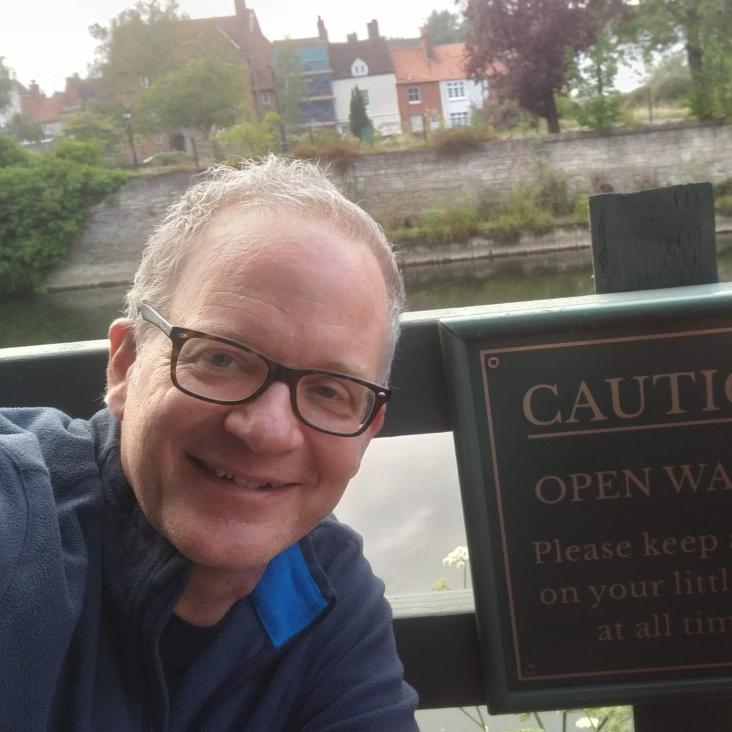The "not-A", RSPT and Potts phases in an $S_3$-invariant chain
(2019)
Free fermions in disguise
Journal of Physics A: Mathematical and Theoretical IOP Science 52 (2019) 335002
Abstract:
I solve a quantum chain whose Hamiltonian is comprised solely of local four-fermi operators by constructing free-fermion raising and lowering operators. The free-fermion operators are both non-local and highly non-linear in the local fermions. This construction yields the complete spectrum of the Hamiltonian and an associated classical transfer matrix. The spatially uniform system is gapless with dynamical critical exponent z=3/2, while staggering the couplings gives a more conventional free-fermion model with an Ising transition. The Hamiltonian is equivalent to that of a spin-1/2 chain with next-nearest-neighbour interactions, and has a supersymmetry generated by a sum of fermion trilinears. The supercharges are part of a large non-abelian symmetry algebra that results in exponentially large degeneracies. The model is integrable for either open or periodic boundary conditions but the free-fermion construction only works for the former, while for the latter the extended symmetry is broken and the degeneracies split.Onsager symmetries in $U(1)$ -invariant clock models
Journal of Statistical Mechanics: Theory and Experiment IOP Science 2019:April 2019 (2019) 043107
Abstract:
We show how the Onsager algebra, used in the original solution of the two-dimensional Ising model, arises as an infinite-dimensional symmetry of certain self-dual models that also have a symmetry. We describe in detail the example of nearest-neighbour n-state clock chains whose symmetry is enhanced to . As a consequence of the Onsager-algebra symmetry, the spectrum of these models possesses degeneracies with multiplicities 2 N for positive integer N. We construct the elements of the algebra explicitly from transfer matrices built from non-fundamental representations of the quantum-group algebra . We analyse the spectra further by using both the coordinate Bethe ansatz and a functional approach, and show that the degeneracies result from special exact n-string solutions of the Bethe equations. We also find a family of commuting chiral Hamiltonians that break the degeneracies and allow an integrable interpolation between ferro- and antiferromagnets.Topological quantum field theory and polynomial identities for graphs on the torus
(2019)


